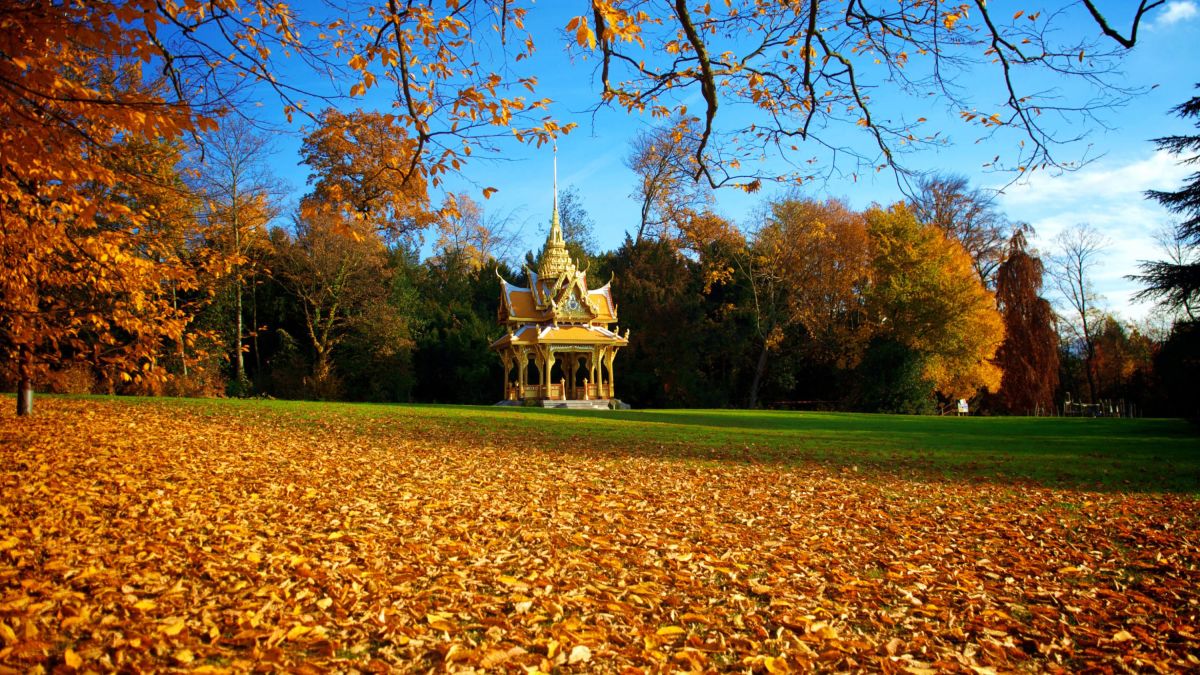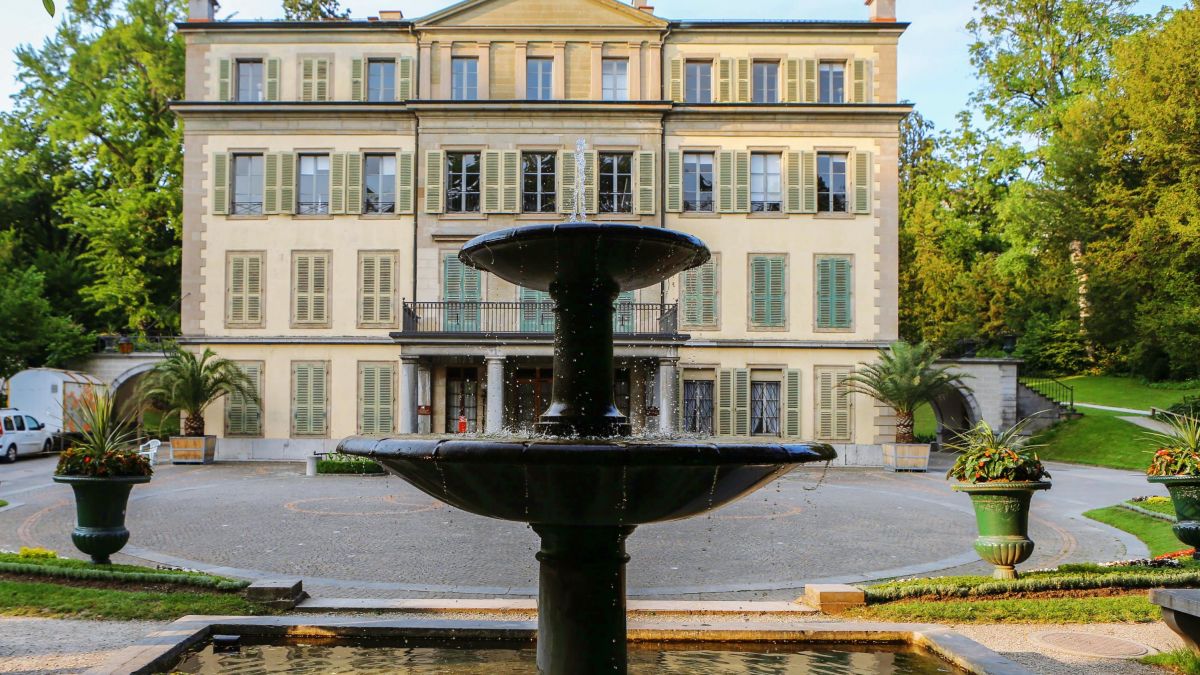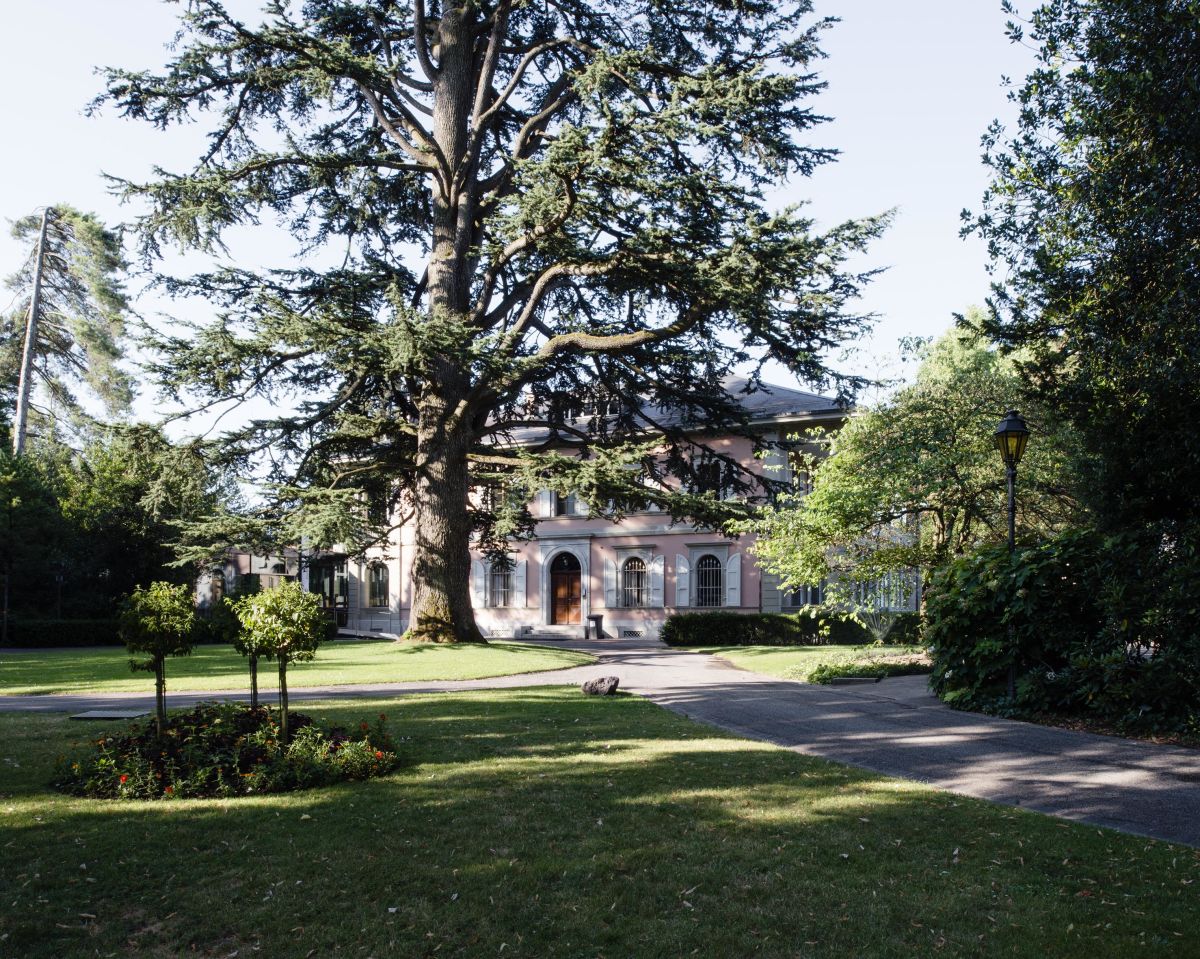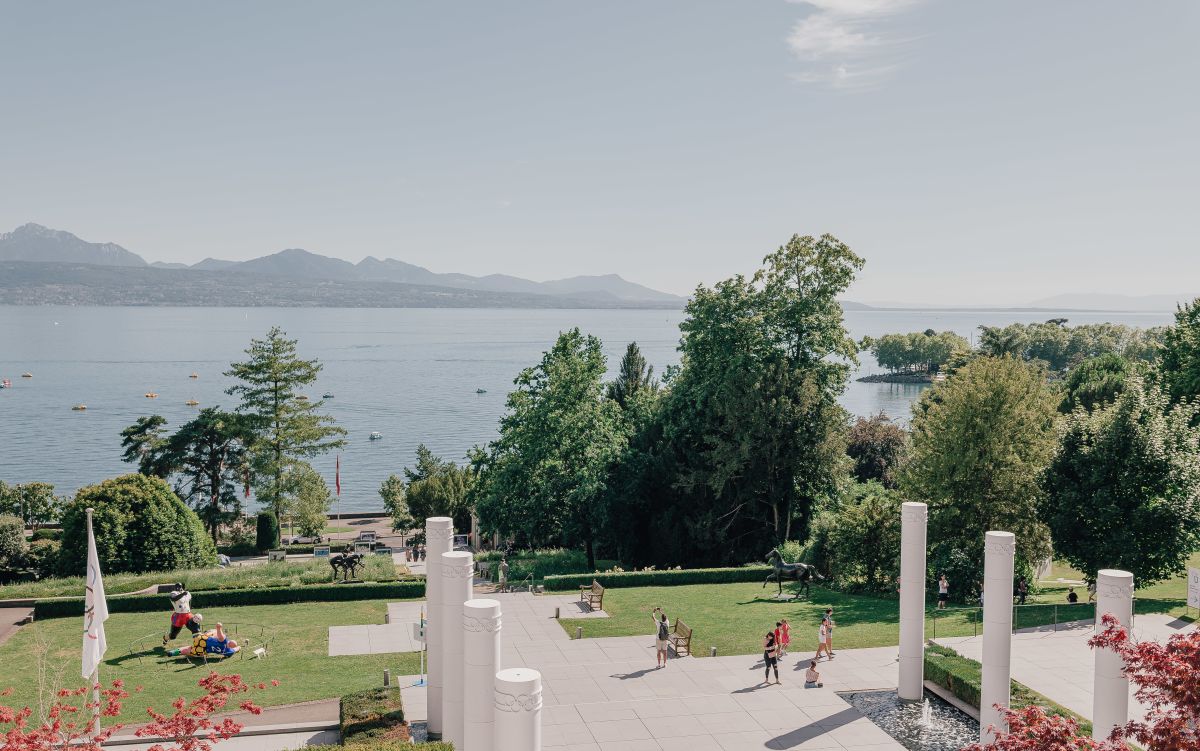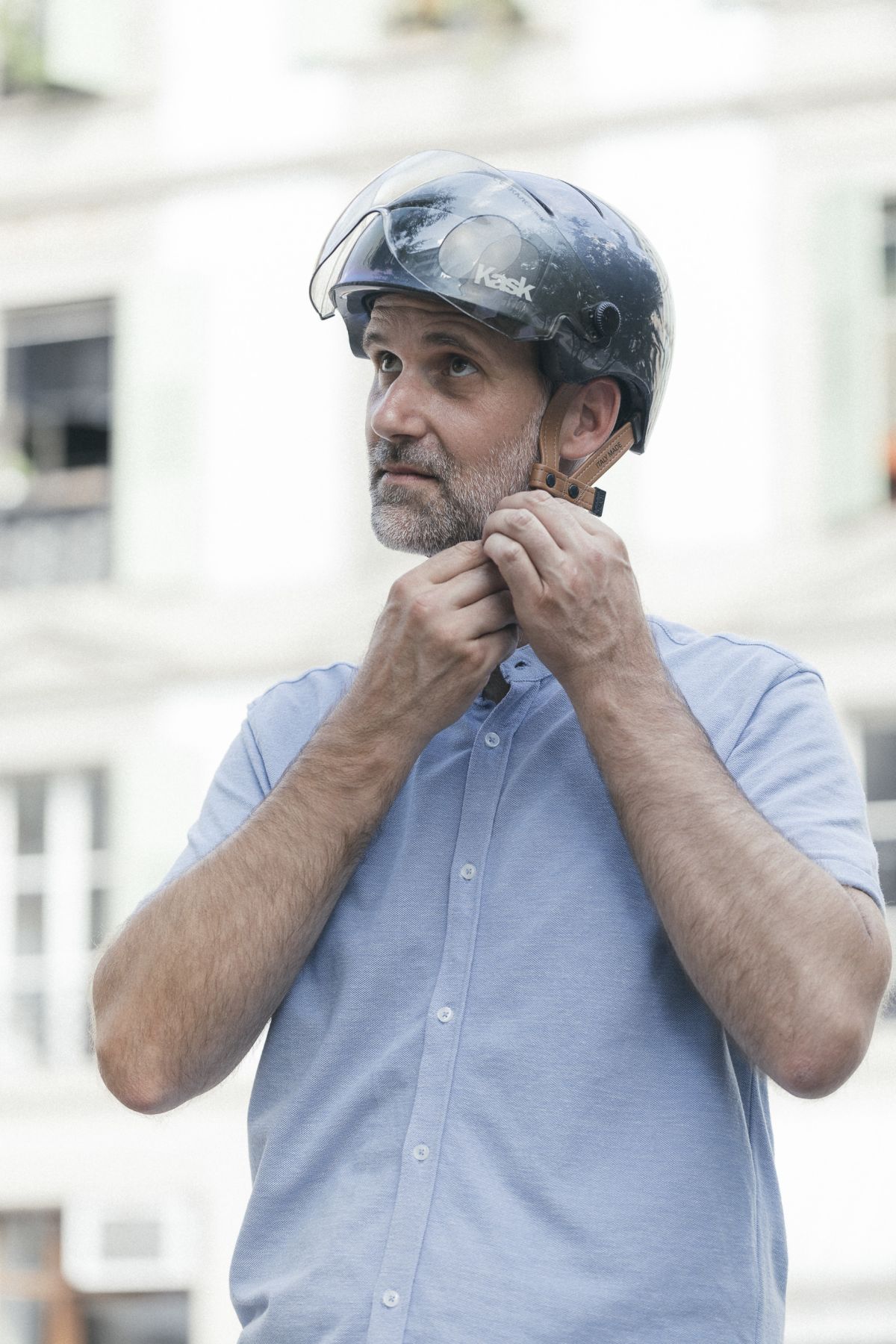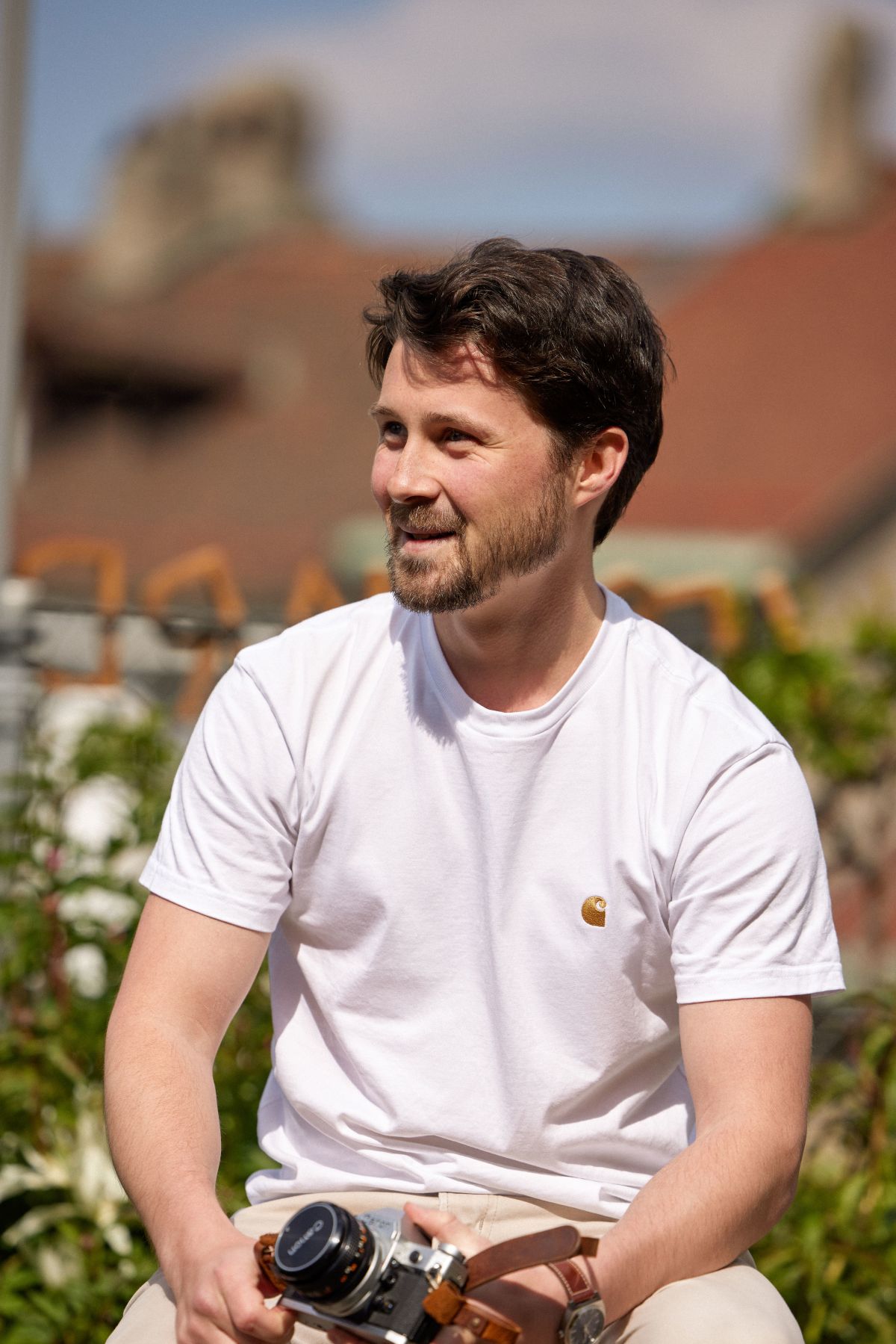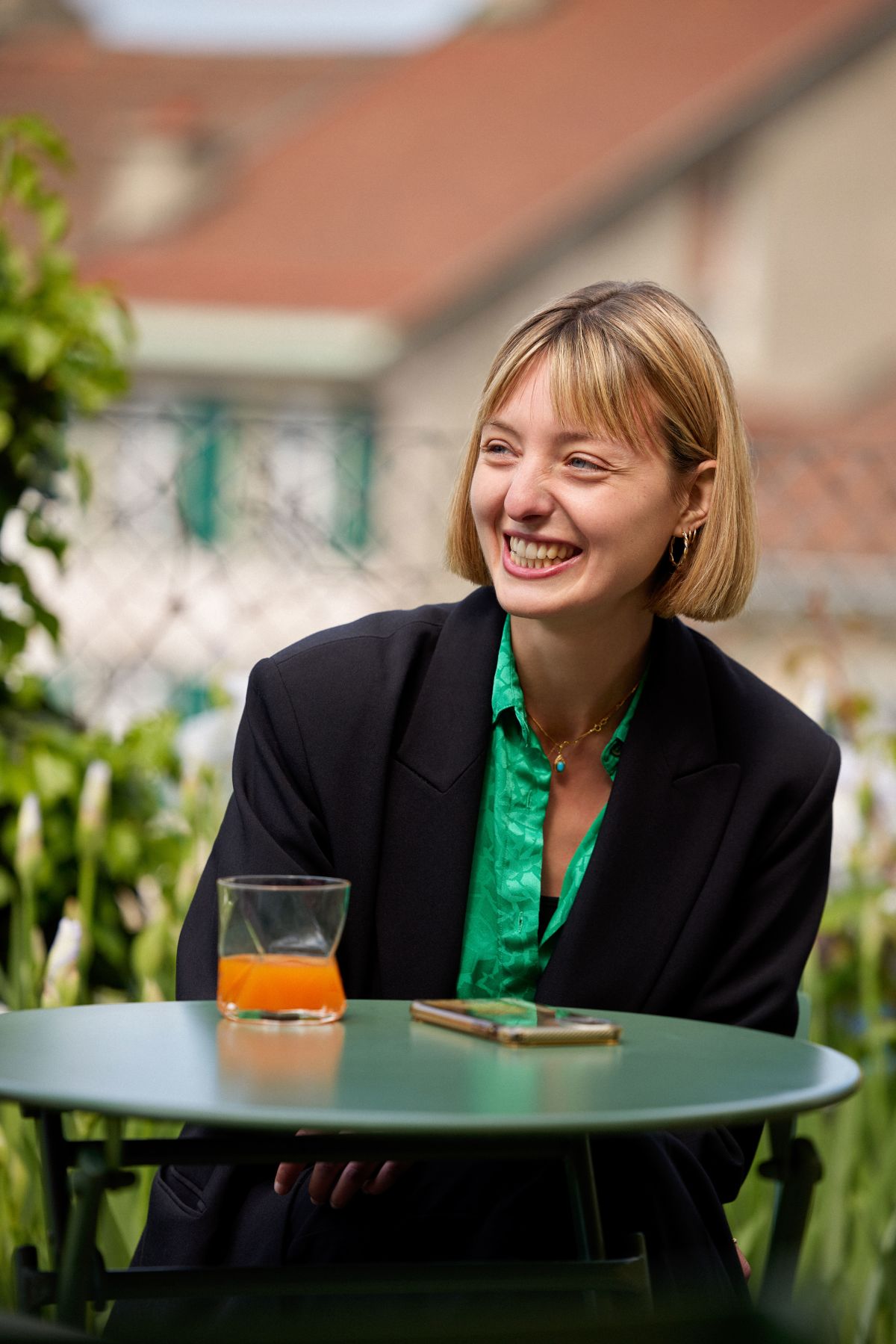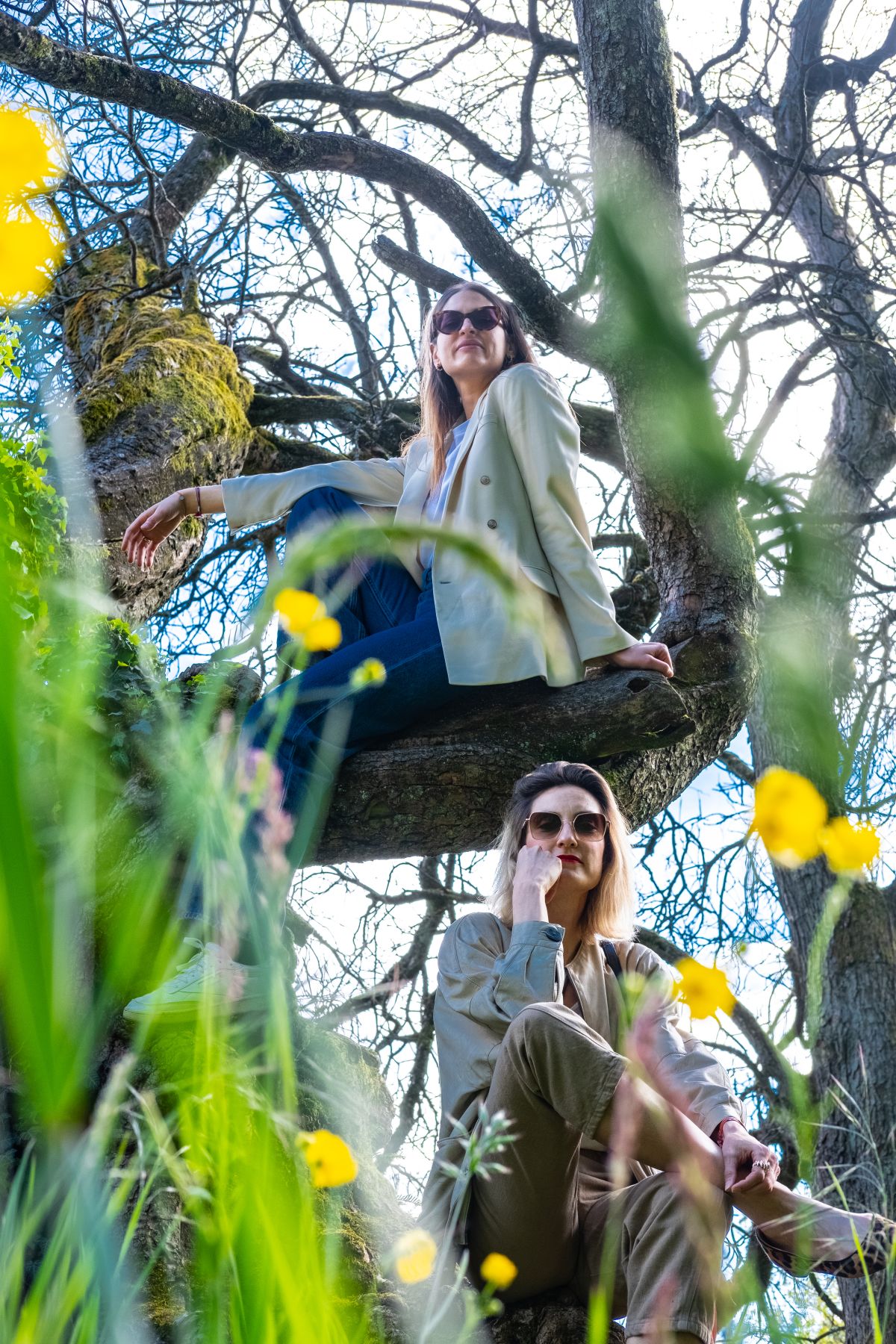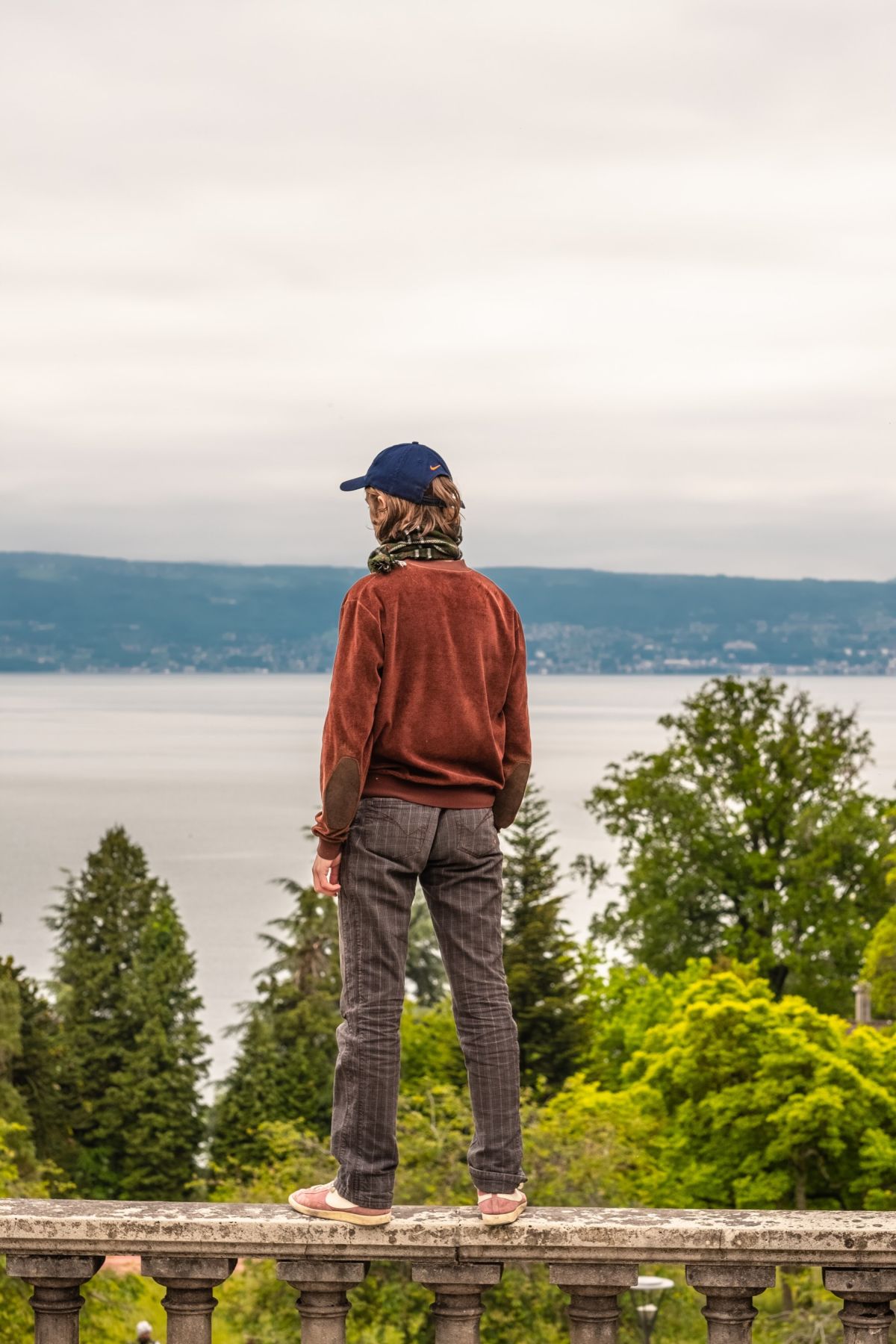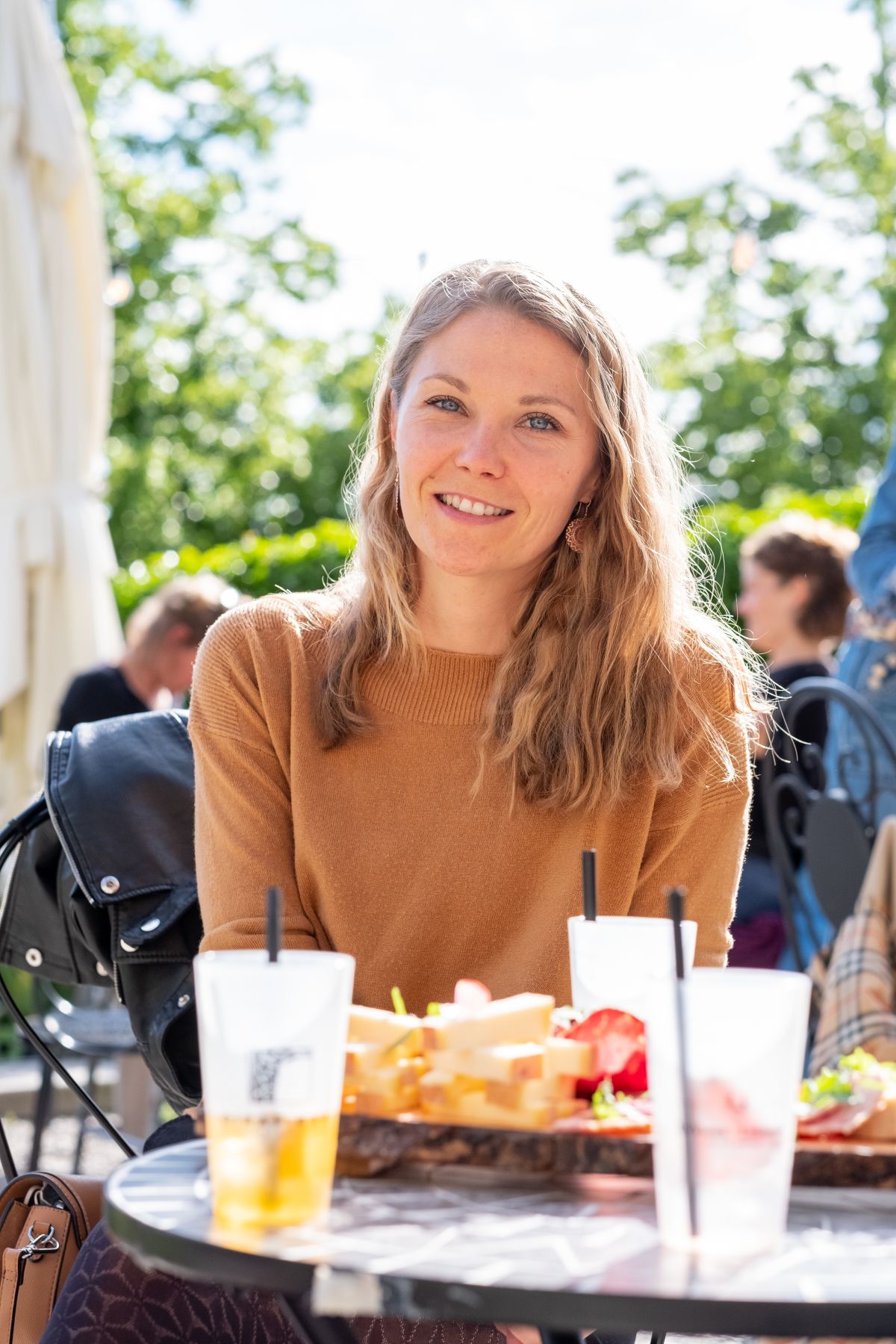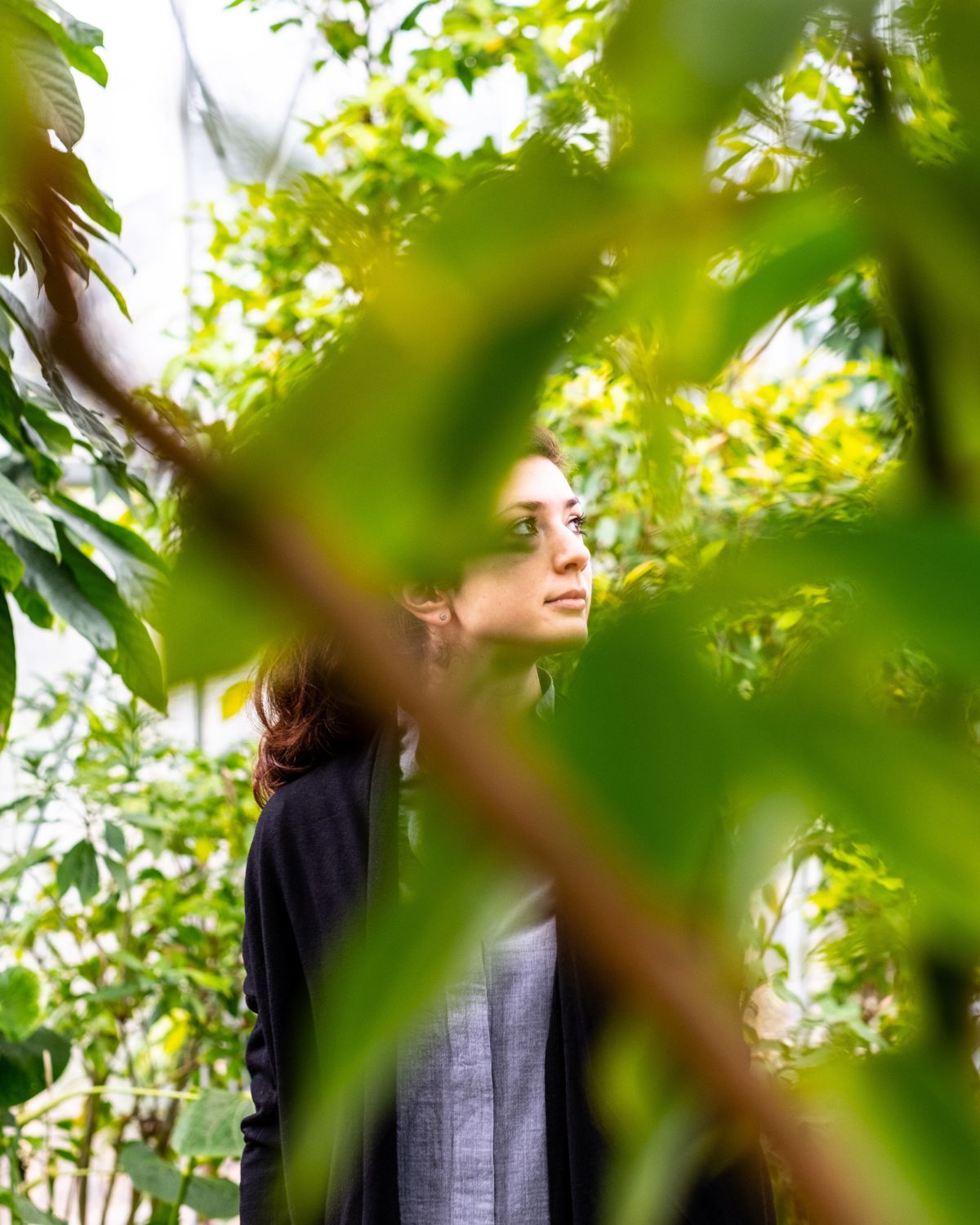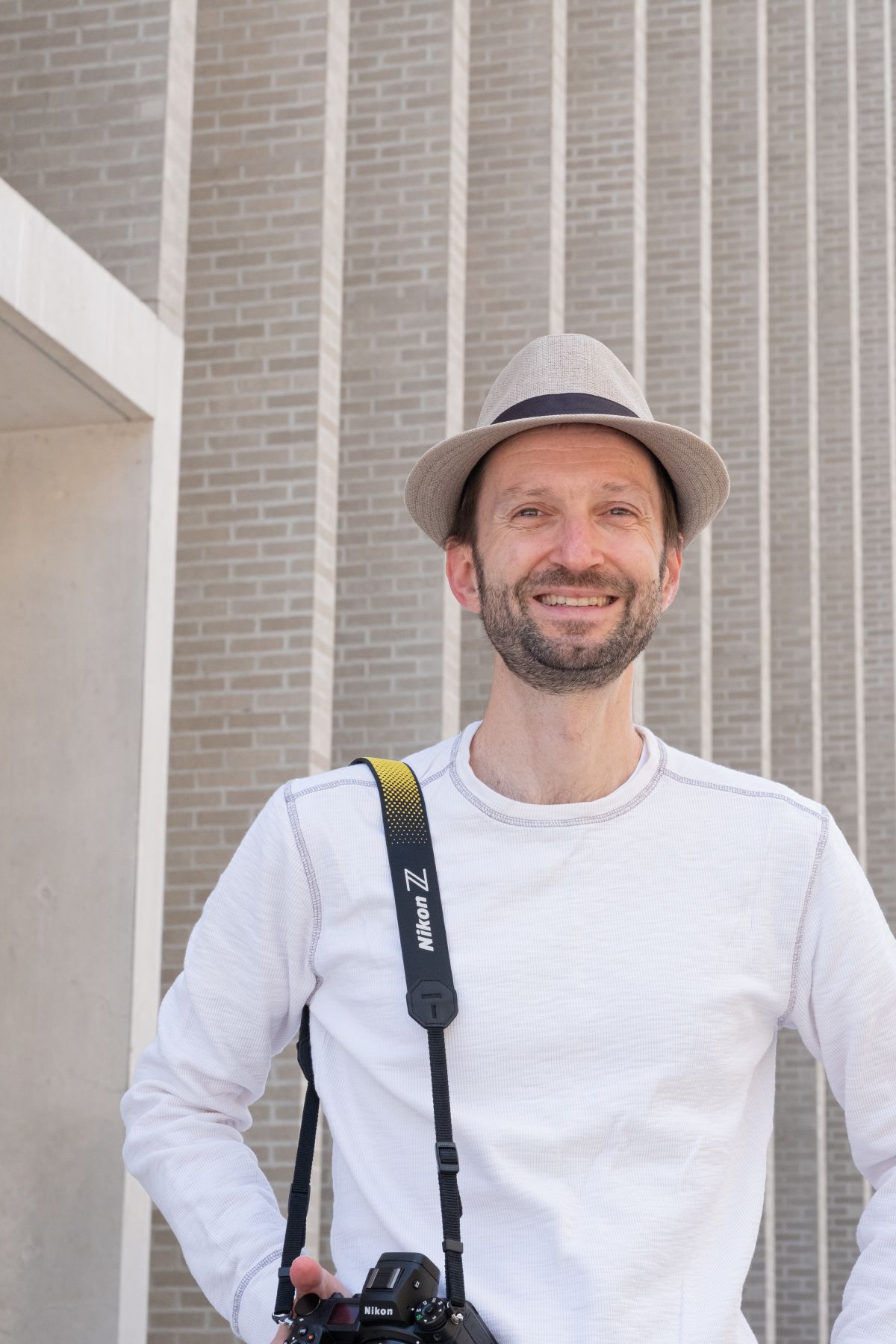Lausanne, considered one of the greenest cities in Europe, possesses an impressive wealth of plants, with 8,000 trees lining its streets, 80,000 in its parks and 800,000 in its forests! That is undoubtedly why I feel so good here. Nature in town takes on its full meaning in Lausanne and it’s impossible to come here without meeting its many majestic trees. A short walk to discover 6 of them…
1. Denantou Park Cedar
Our walk begins in Denantou Park, on the lakeside. There, you will encounter a venerable cedar of Lebanon that is 250 years old, standing proudly at 18 metres tall and boasting an impressive 740 cm girth. In 2003, lightning damaged one of its branches. Despite that, the tree remains in excellent health and its girth should continue to expand as the centuries go by. I often take refuge in the shade of that spectacular cedar, book in hand, while admiring the lake and mountains in the background – a genuine living painting!
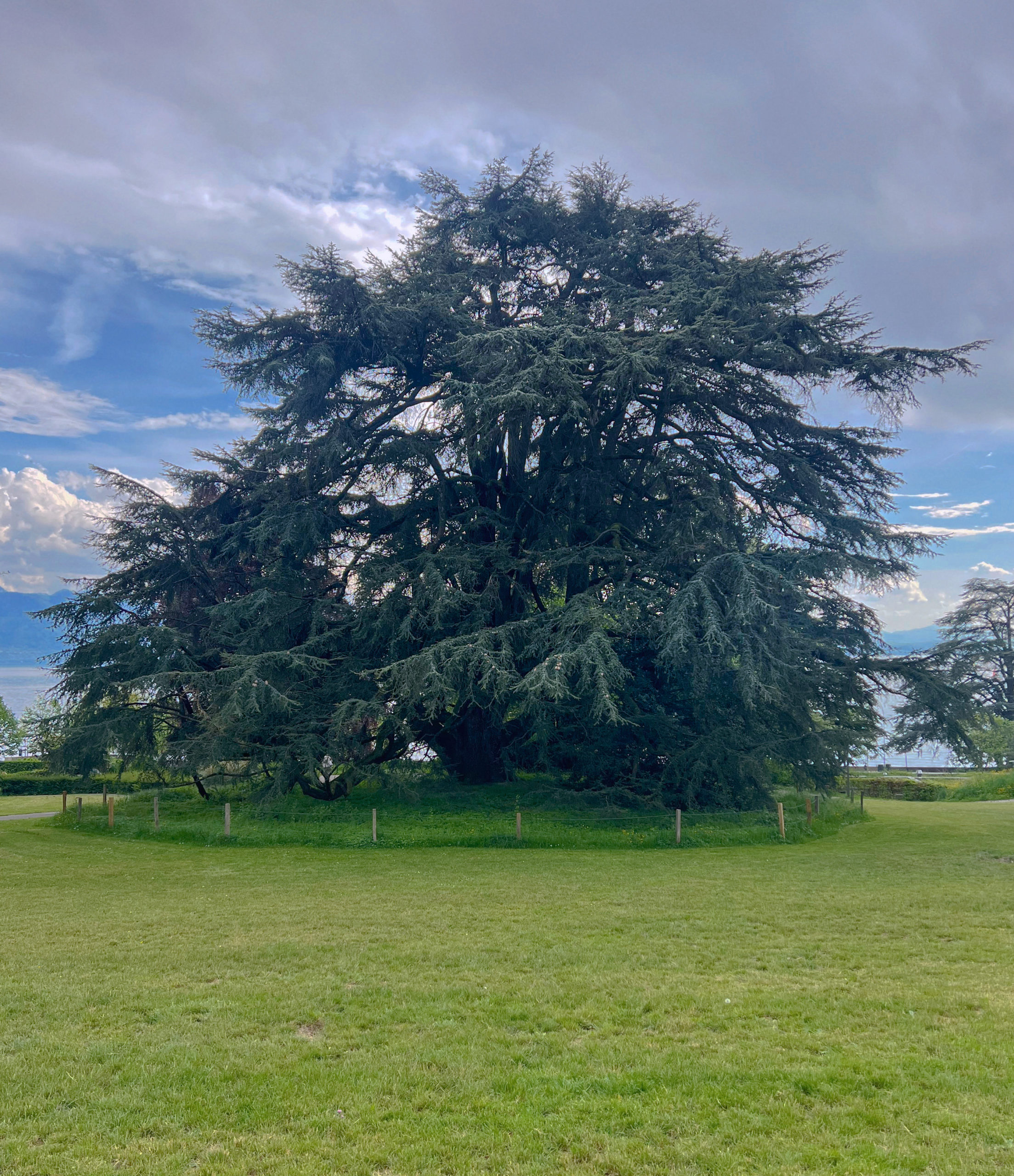
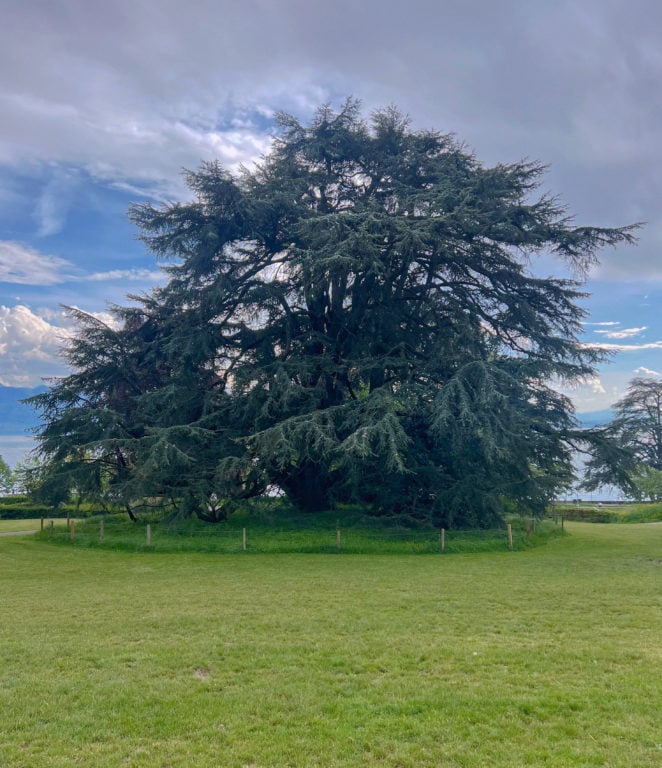
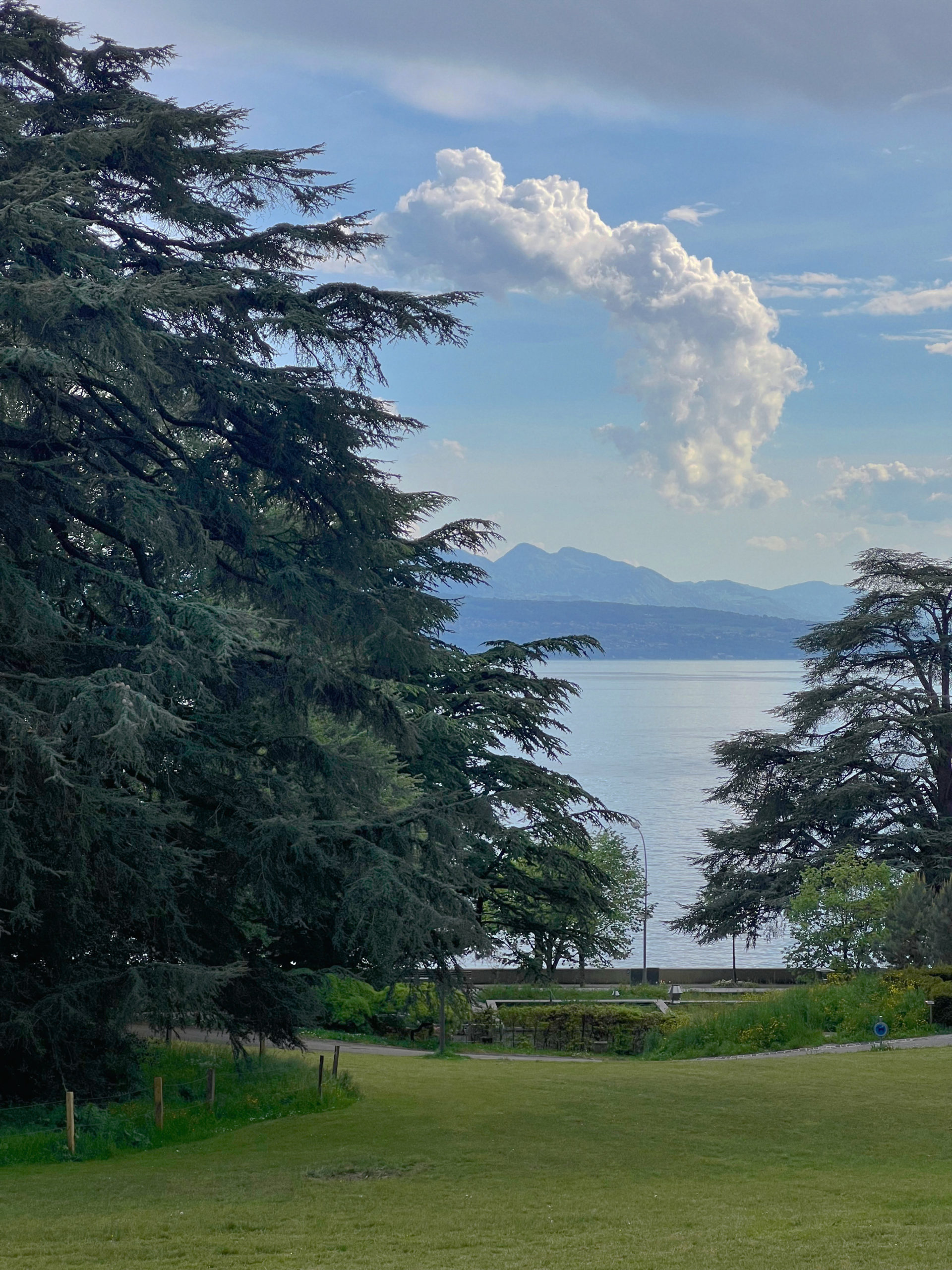
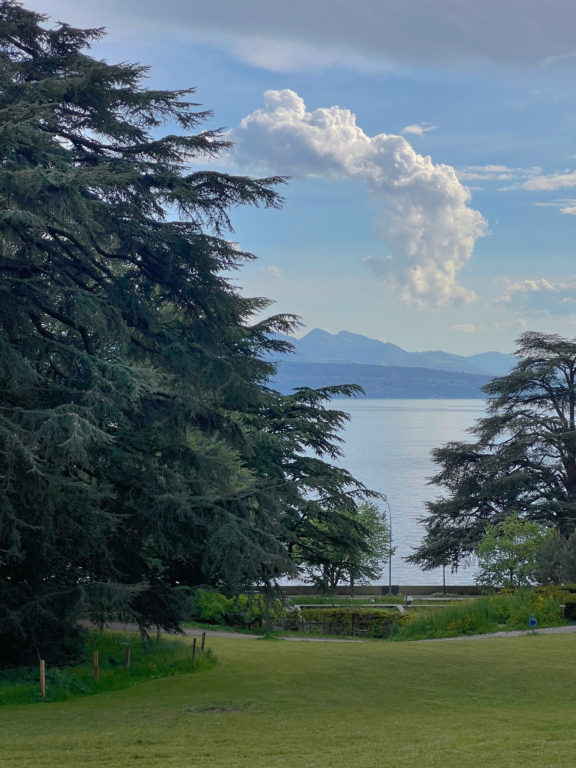
2. Olympic Museum Oak
A little further, as you walk through the Olympic Museum’s magnificent gardens, head to the entrance of the Tom Café. This is where a remarkable European oak, two centuries old, has grown to reach a height of 29 metres and a girth of 460 cm. Look out for it! It cunningly conceals itself and can easily be missed. Once discovered, however, it becomes the focal point of the landscape. Its history is heartwarming: it was saved by the intervention of Juan Antonio Samaranch, former president of the International Olympic Committee, who changed the museum’s design during its construction in order to preserve this venerable oak.
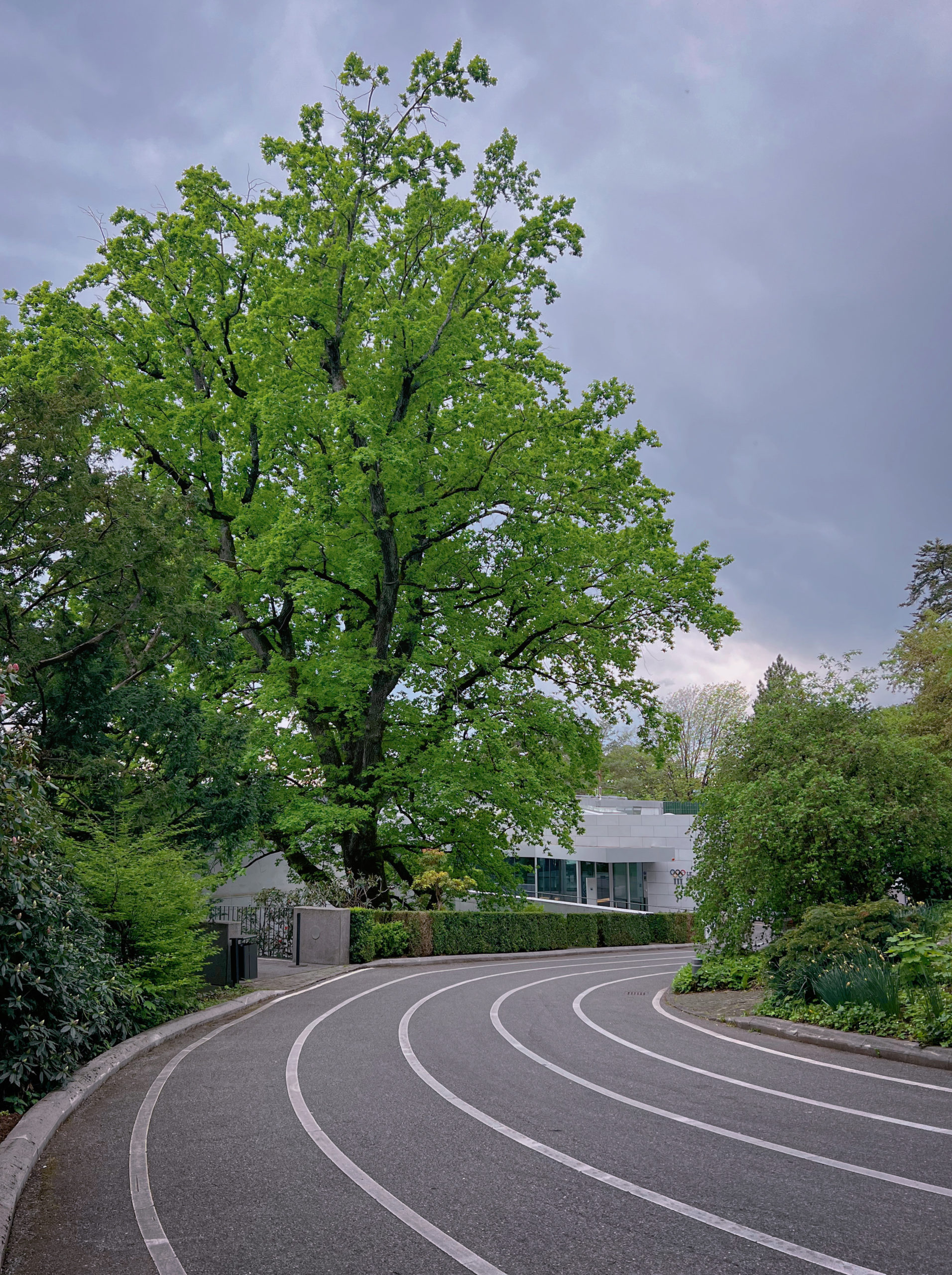
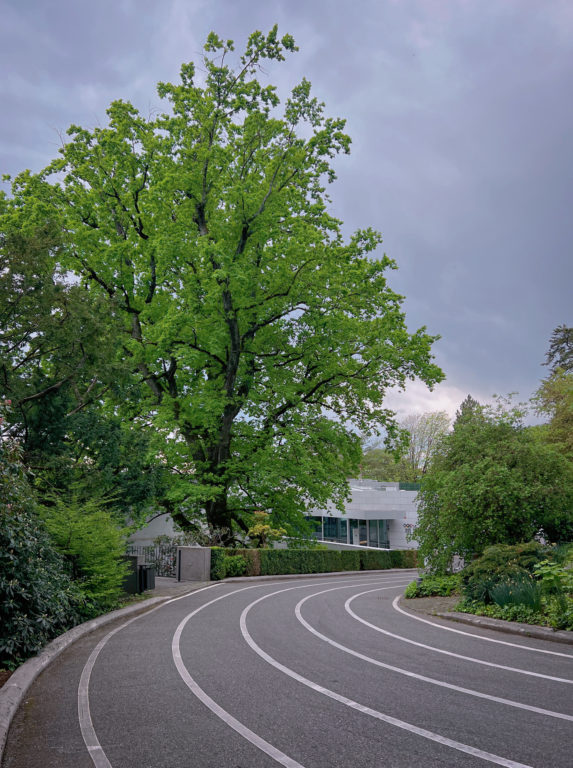
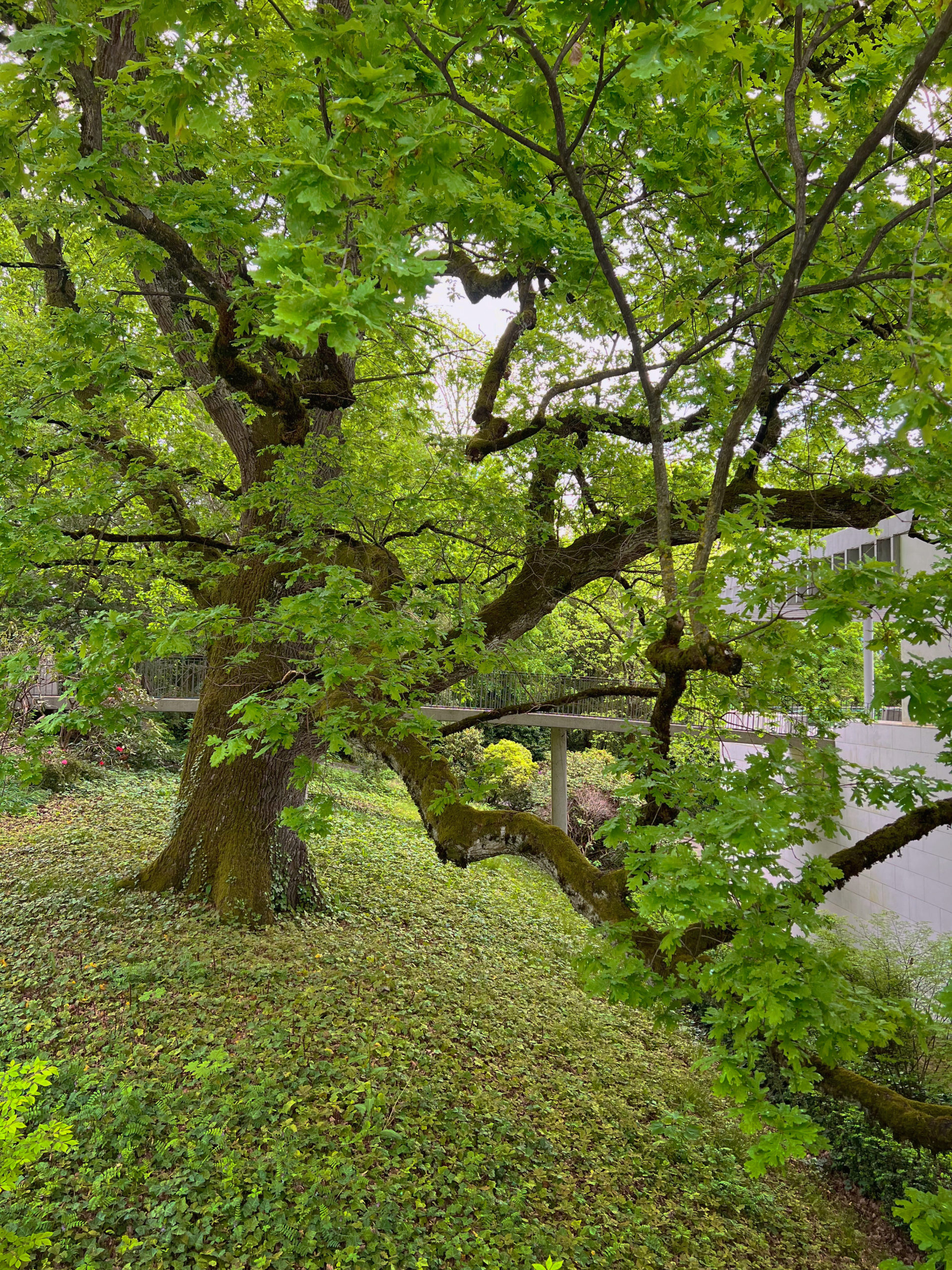
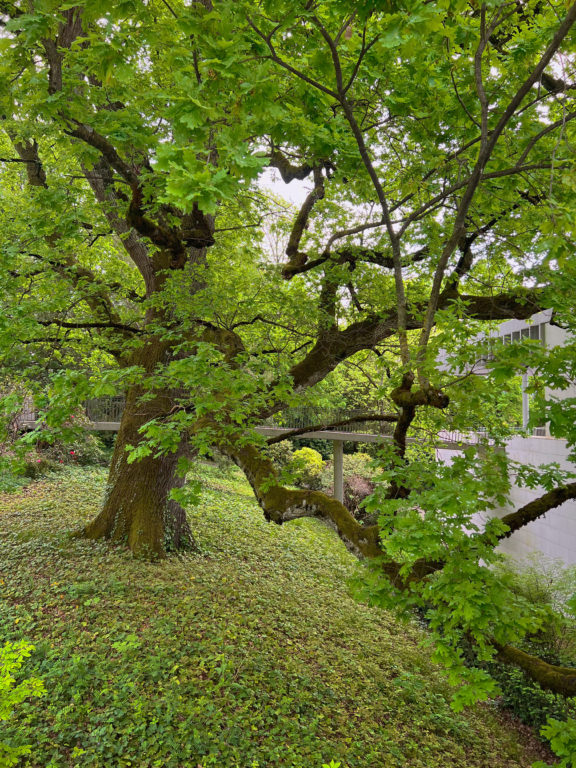
3. Mon-Repos Park Ginkgo Biloba
The walk takes us up towards the town centre. Be warned: there’s quite a climb! Welcome to Mon-Repos Park, one of my favourite parks in Lausanne. I particularly appreciate the park’s tranquillity in the morning, far from the city’s hustle and bustle. Nestled behind the mansion, the former headquarters of the International Olympic Committee, a magnificent ginkgo biloba takes centre stage. Aged 160, it’s the first majestic tree I encountered when I moved here. Twenty-five metres tall and originating from China, it belongs to the most ancient family of trees, the ginkgoaceae, that go back 270 million years, well before the age of the dinosaurs! According to me, autumn is the ideal season to admire and photograph this specimen. At the beginning of November, its splendour is revealed as its leaves take on a sublime golden-yellow colour before falling and forming a luminous carpet at the foot of the tree.
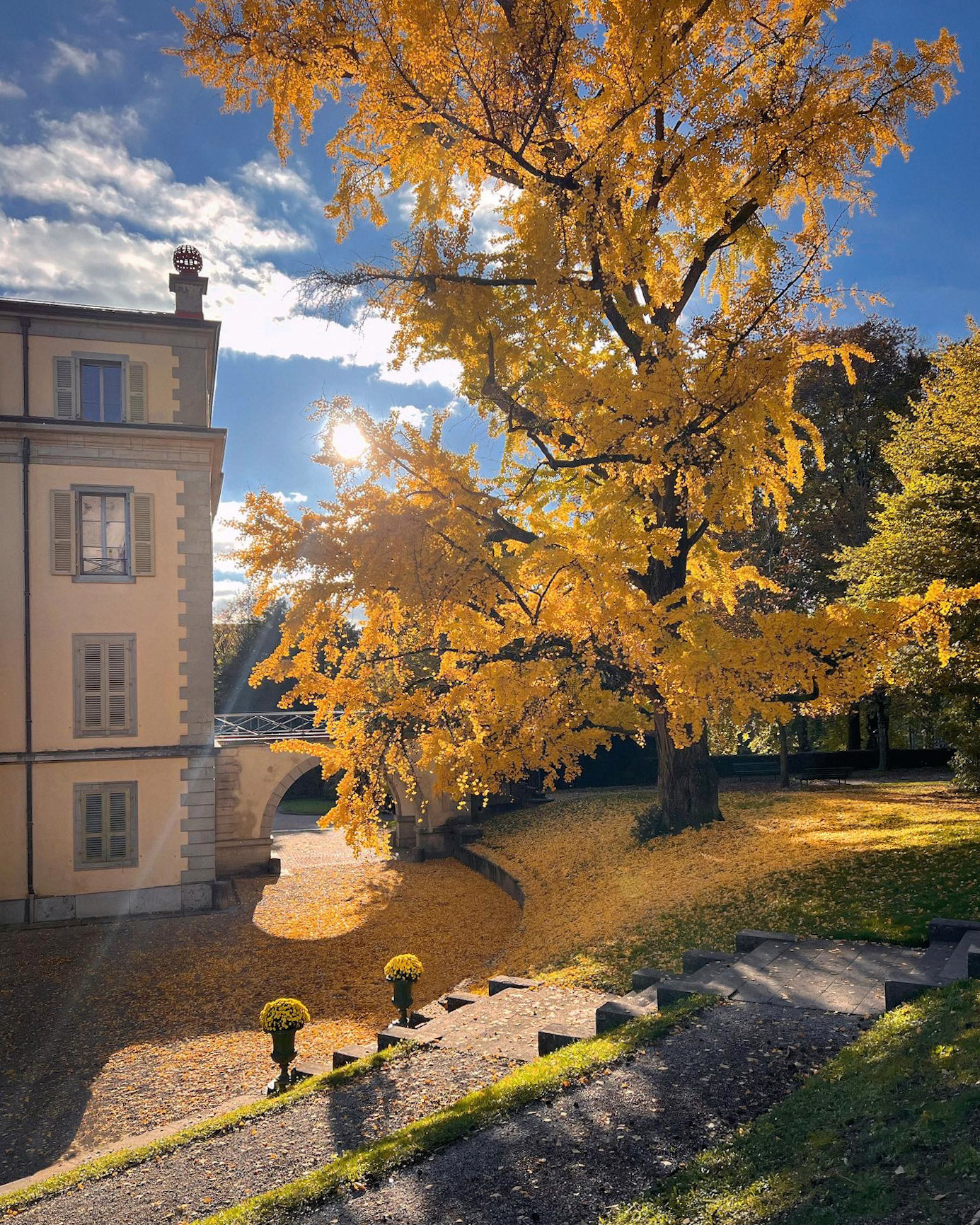
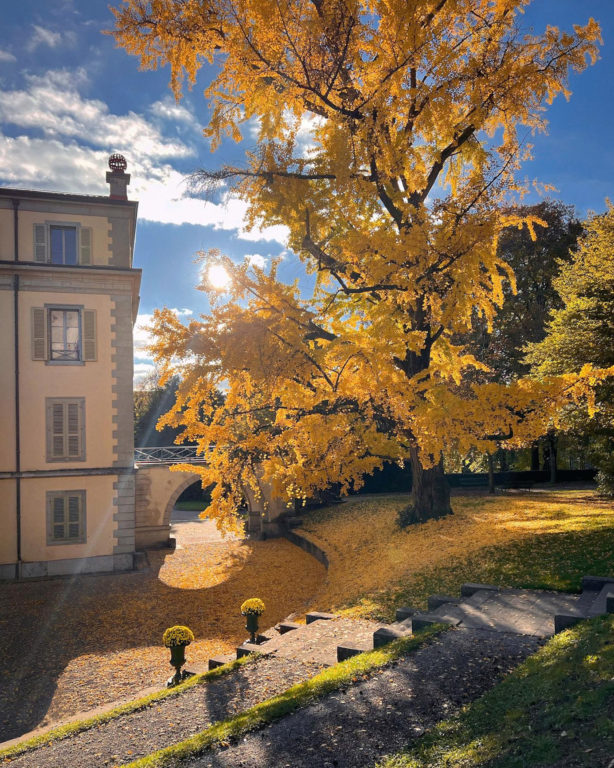
4. Bon-Abri Linden
Good news, it’s all downhill from now on! Our tour continues in the direction of the Languedoc Hill, renowned for its eponymous vineyard. A little further down, where Chemin du Languedoc meets Chemin Bon-Abri, you will encounter an imposing, 160-year-old linden tree that distinguishes itself with an impressive 550 cm girth. I am particularly fond of the belvedere where it stands, as it offers one of the most beautiful panoramas over Lake Geneva and the surrounding mountains. Take a seat on the bench at its base and let yourself be soothed by the last light of the day as you listen to the stories this ancient tree has to share…
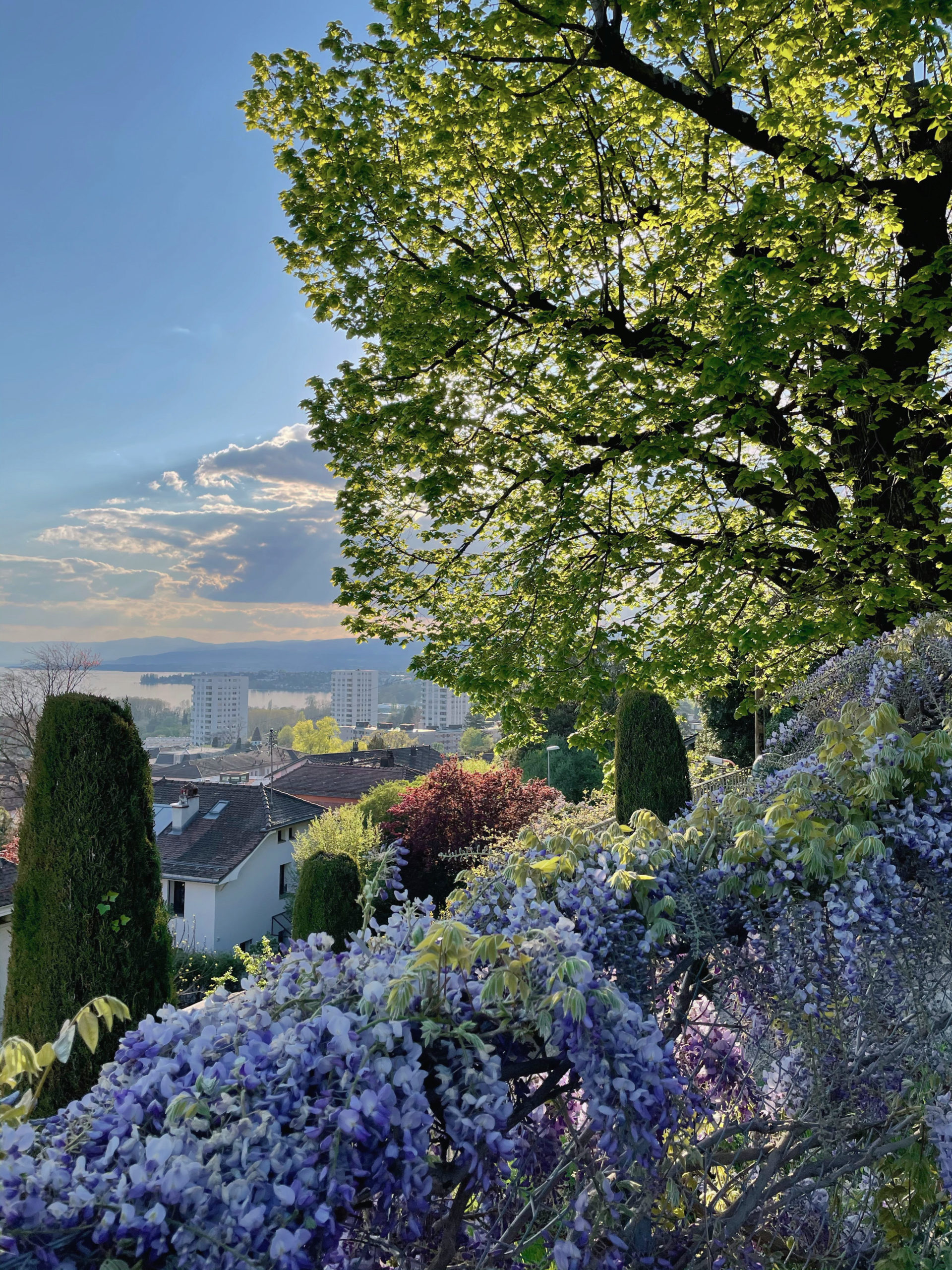
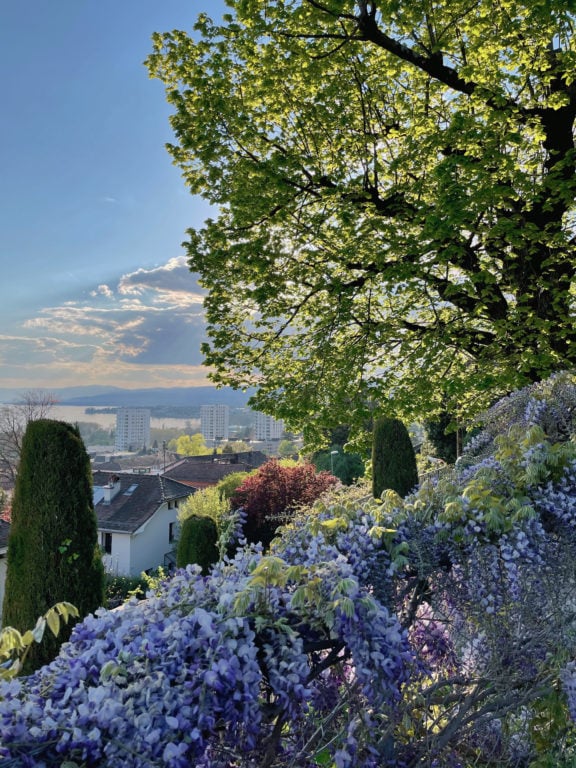
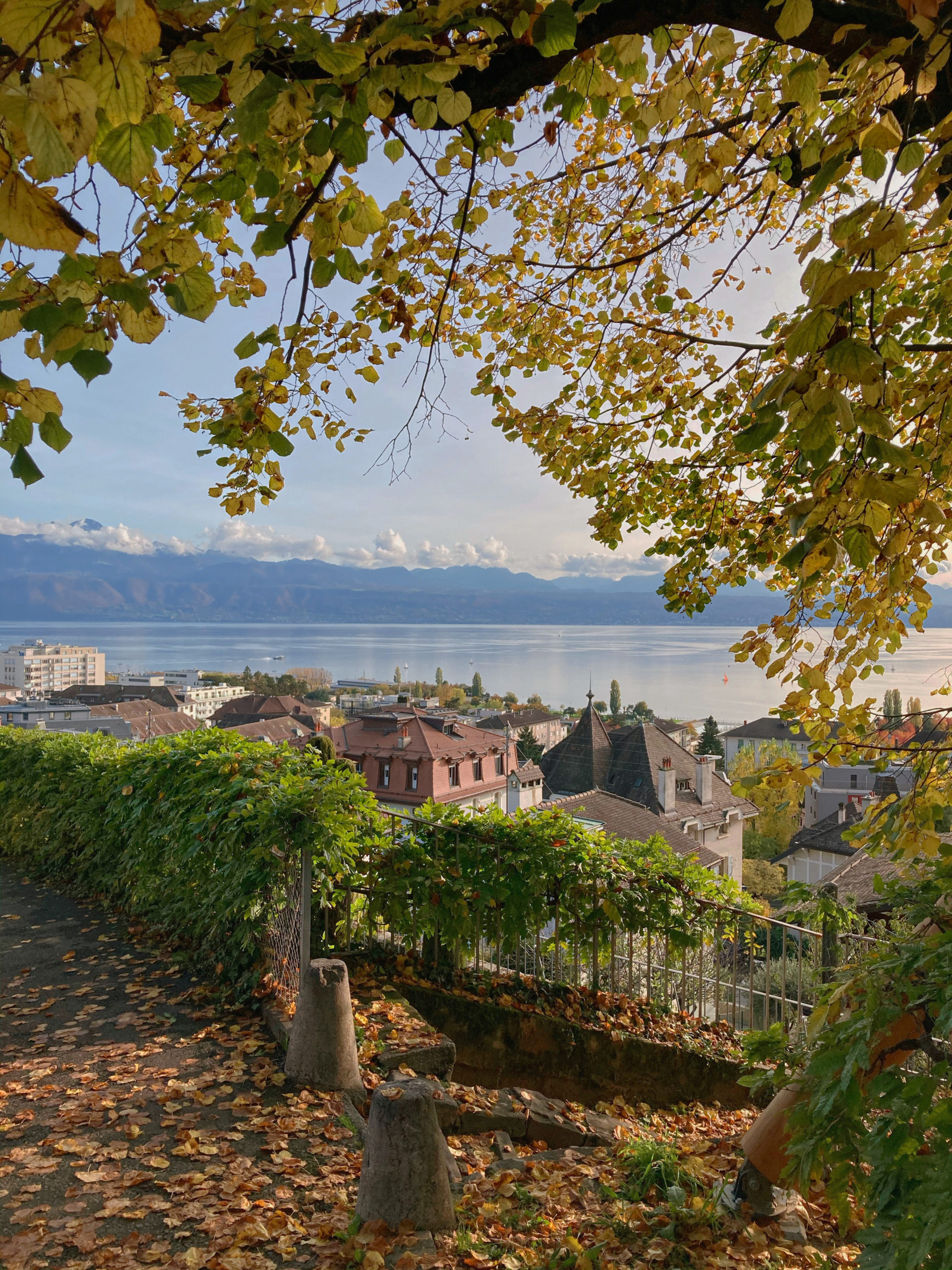
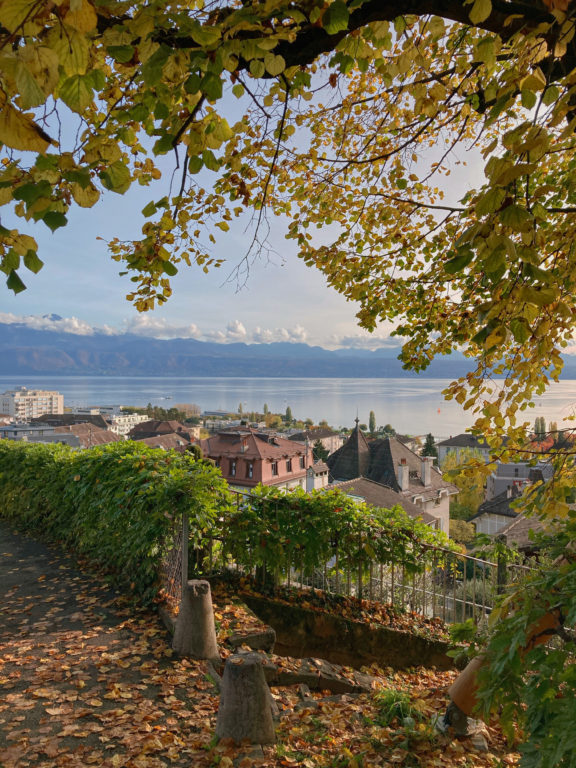
5. Rhodanie Park Walnut
To close this “short” excursion, I suggest you head towards Rhodanie Park, huddled by the lakeside. I particularly enjoy the discreet and preserved atmosphere of this park, a haven of tranquillity hidden from view. Our last arboreal encounter puts us in the presence of a black walnut, a genuine specimen aged 150 years old, that stands proudly at 25 metres tall and possesses a 350 cm girth. Its presence in an urban environment is particularly rare, which adds to its charm. Although it is a cousin of the common walnut native to our regions, it can be identified by its more pointed leaflets and a bark that presents a different structure.
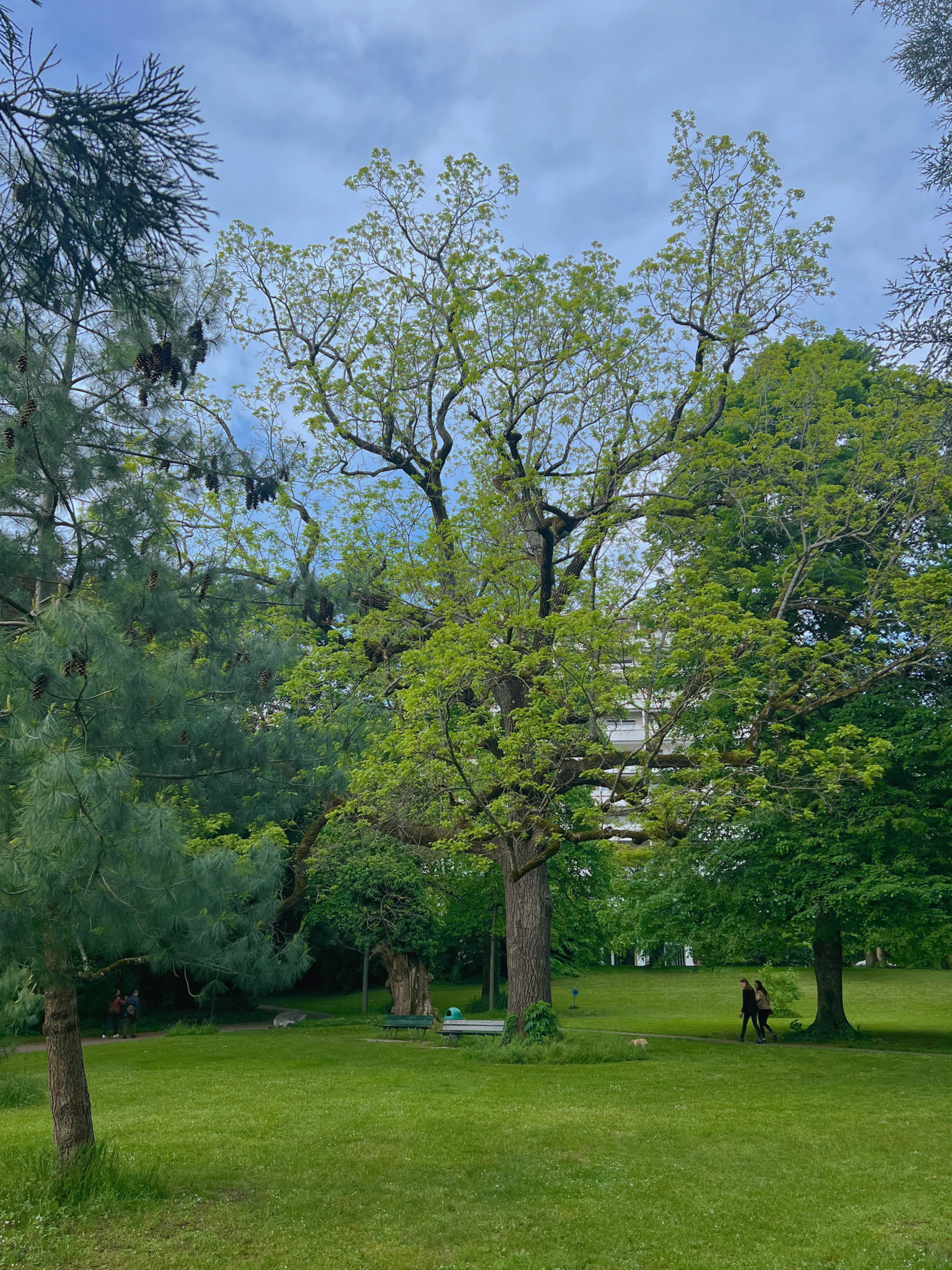
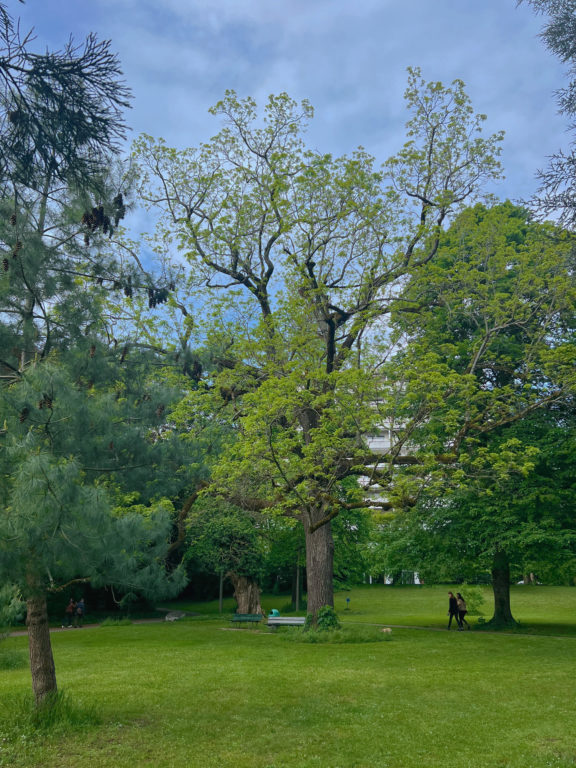
To find out more
To explore further and discover the benefits of an immersion in nature in an urban environment, I encourage you to explore the website of the Fondation Homme et Nature, as well as that of Homo Ecologicus.






